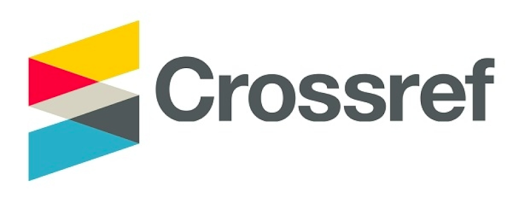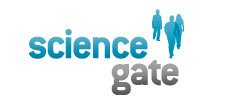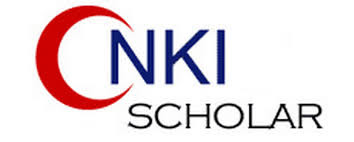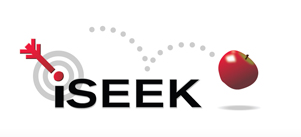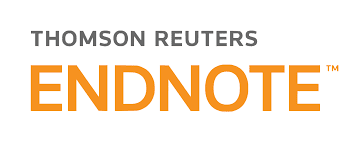Paper ID : SMJ2409205408131 | View : 35

Abstract : Juvenile Systemic lupus erythematosus (jSLE) is a chronic autoimmune disease characterized by overproduction of autoantibody and multiple organ involvement. A cross sectional retrospective study was done in the Allergy Immunology units at Dr Soetomo Academic Hospital, Surabaya. Sixty-three children were evaluated for this study using Mex-SLEDAI. Only children who fulfilled four of eleven 1997 ACR diagnostic criteria were included in the present study. Clinical variables from children were obtained using medical history records and physical examinations; disease activity for each patient was determined using Mex-SLEDAI. Haematological, biochemical parameters, chest radiograph and electrocardiogram (ECG), antinuclear antibodies (ANA) by immunofluorescence method, anti-dsDNA by enzyme linked immunosorbent assay (ELISA), and complement levels were recorded. Anaemia was the most frequent disorder in active jSLE (46.03%) children compared with inactive jSLE children (20.63%), followed by bicytopenia (25.39%) and leukopenia (20.63%). The mean haemoglobin value on admission was 9.41 ± 2.77 g/dL, platelet value was 230.725 ± 156.592, and white blood cell value was 7.353 ± 5.026. Haemoglobin level of all jSLE subjects was 9.73 + 3.835 g/dL. Haemoglobin of active jSLE subjects was lower (between 3.3 to 13.20 g/dL) than the inactive jSLE group (between 3.00 to 14.50 g/dL) (p<0.05). The incidence of bicytopaenia was 4.870 times the active SLE risk (p=0.023). Hb level had negative correla

